In 1977 a seasoned LEO by the name of Steve Chaney and a rookie named Linda Lawrence responded to a call regarding a possible burglary in progress. Rather than a burglar, they found the soon-to-be-ex-boyfriend of the homeowner hiding in her bedroom. The boyfriend, John James Mullery, was awaiting his girlfriend’s return so he could kill her. Instead, he ended up facing off with two police officers.
During the ensuing struggle, Lawrence managed to get off a shot that mangled one of Mullery’s arms before he wrested her gun from her and shot her with it. Chaney’s fight then stretched out seemingly forever. His Smith & Wesson Model 64 immediately became the focus of the enraged Mullery–who was high on PCP and cocaine–and was soon emptied. Two bullets had entered a nearby wall when Chaney deflected Mullery’s attempt to shoot him with his own gun, two had been fired point-blank into the attacker’s chest by Chaney, and Chaney had purposefully fired another into Mullery’s ribcage. Prior to the rib shot Chaney had fired a round into the ground.
This is where relevancy becomes clear. In 1977 revolvers were, of course, standard-issue among law enforcement, but did not come with speedloaders. Dump pouches were woefully inadequate, as were pockets, but that’s what the majority of officers had available. It meant reloading under duress was an ordeal. It meant death over survival in some cases. This time, though, the officer in question had come prepared: Steve Chaney had a personal speedloader. It was a Dade speedloader he’d purchased for himself for use on the job and it became the speedloader that saved his life. As Chaney reloaded, Mullery stabbed him in the back and beat him with a tire iron. Chaney turned around, gun loaded and took the shots that would end the battle.
Speedloaders
Speedloaders have been around in one form or another for more than a century. When you’re at the range you can reload at your leisure but if you’re in a fight for your life–or at a competition–you’ll need one (or more). The Safariland Comp II Speedloader is injection molded for a precise fit and features a circular knob on the back for gripping during reloading. It also has a coil spring locking mechanism to keep your cartridges secure.
Using either the Comp I, II, or III Speedloader is simple: load cartridges into the speedloader, put the rounds nose-down on a flat surface, and simultaneously push down and rotate the knob clockwise. You’ll hear the “click” of the cartridges being locked into place. To load your revolver, line up the cartridges with the chambers of the cylinder and push until you meet slight resistance. At this point further pressure will engage the plastic star on the face of the speedloader so it releases the cartridges, allowing you to load your gun.
Unlike some speedloaders, the Safariland Comp line is well-designed for speed and efficiency. Safariland’s require only a single motion to be used; many other brands require the shooter to execute multiple movements, taking more time and thought. With the Safariland line of speedloaders, you can reload without taking your eyes off the target.
The knobs on the Comp speedloaders are different sizes with each numbered design featuring a larger knob: I and II are good for self-defense use while III has an extended knob ideal for competition. The I is the only model available for five-shot .38 Special revolvers, the II comes in four sizes including for Colt, Ruger, and Smith & Wesson, and the III is offered in two sizes for K and L-frames. Some revolvers will need custom grips to work well with these speedloaders.
Speed Strips
Speed strips are another option for revolvers. Bianchi, which is one of the Safariland Group’s brands, offers a line of speed strips. John Bianchi designed the speed strips five decades ago and today they remain a fantastic, slim reloading method for revolvers.
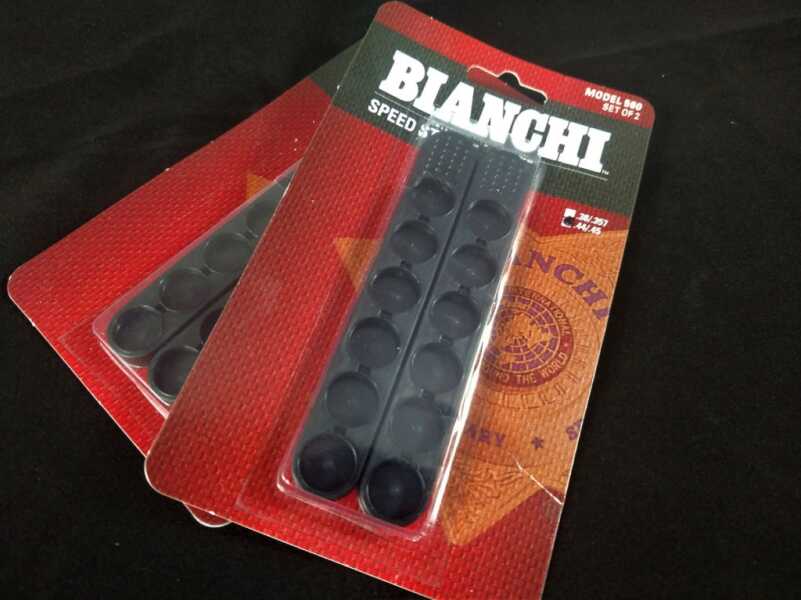
Bianchi Speed Strips are great for revolvers with grips that make cylindrical speedloaders impossible to use or in cases when you need to conceal a speed strip in your pocket.
Bianchi Speed Strips are what they sound like: flat, flexible, urethane strips with a six-cartridge capacity. There is an additional, textured tab approximately one inch in length behind the part of the strip meant for cartridges designed so the shooter can grip it to reload. They’re offered for .38/.357 or .44/.45. Speed strips allow shooters to load two rounds at a time and can also be used for tactical reloads when only a few chambers are empty. Because they’re flat they create less bulk than cylindrical speedloaders; some revolver owners prefer them because they fit more easily in their pockets. Bianchi Speed Strips can also be used in cases where a revolver does not accept a speedloader and the owner cannot or prefers not to alter it the gun. Tip: leaving the sixth space empty on a speed strip sometimes facilitates easier reloads.

The speed strips made by Bianchi have an additional, textured tab at one end to make using them simpler.
Safariland also offers a variety of holders for their speedloaders. For those who prefer leather pouches there’s the Safariland 371 Split-Six Leather Speedloader Pouch; for fans of metal clips, there’s the Safariland Speedloader Holder. There are single, double, and triple holders available. In addition, they have the Speedloader Loading Block which can be filled with 84 cartridges for a total capacity of fourteen Safariland speedloaders. The block is useful for match prep and extensive range time.
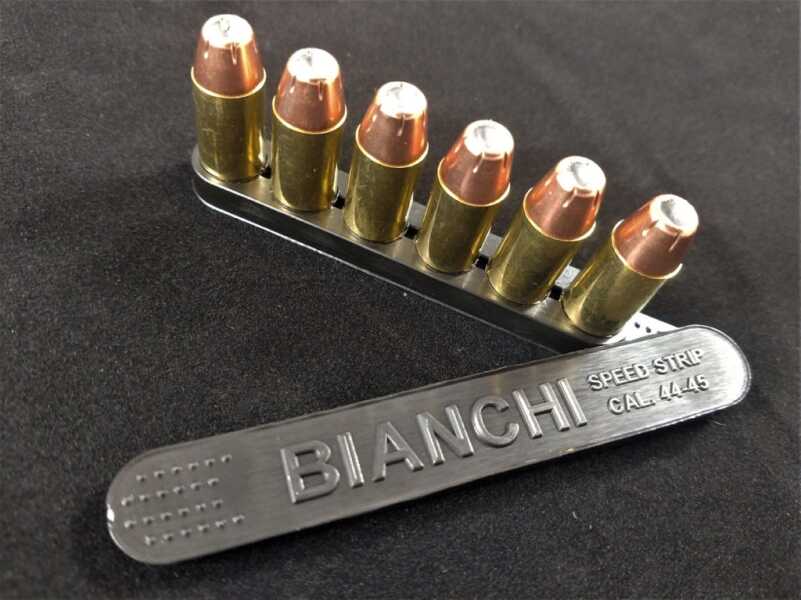
These speed strips hold six cartridges but you can leave one slot open at the end to make using the speed strip easier.
If you own a revolver you should own speedloaders and/or speed strips. Just as with any skill they do require practice, so spend some time on the range working on smoothly ejecting spent brass from your revolver’s cylinder and reloading with the Safariland Comp Speedloader or Bianchi Speed Strips (or both). They’re not gimmicks, they’re useful tools that could save your life someday. Or, less dramatically, they’ll help you speed up reloads during matches. Either way, they’re a vital part of your kit as a revolver owner so stock up and get to training.
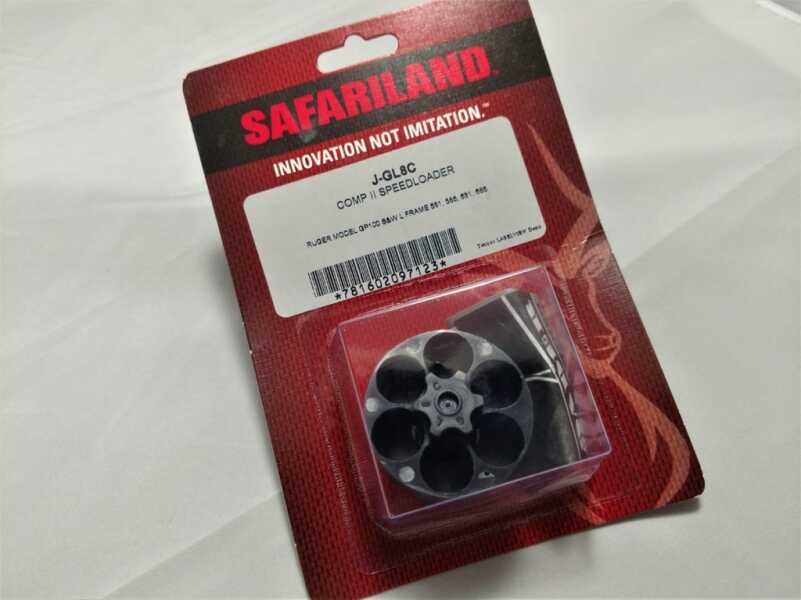
Safariland currently offers three types of Comp Speedloaders with different size knobs and various sizes.
MSRP for Safariland Comp Speedloaders varies from $13.75-$20.00; MSRP for Bianchi Speed Strips $9.00/pair.
Take a closer look.


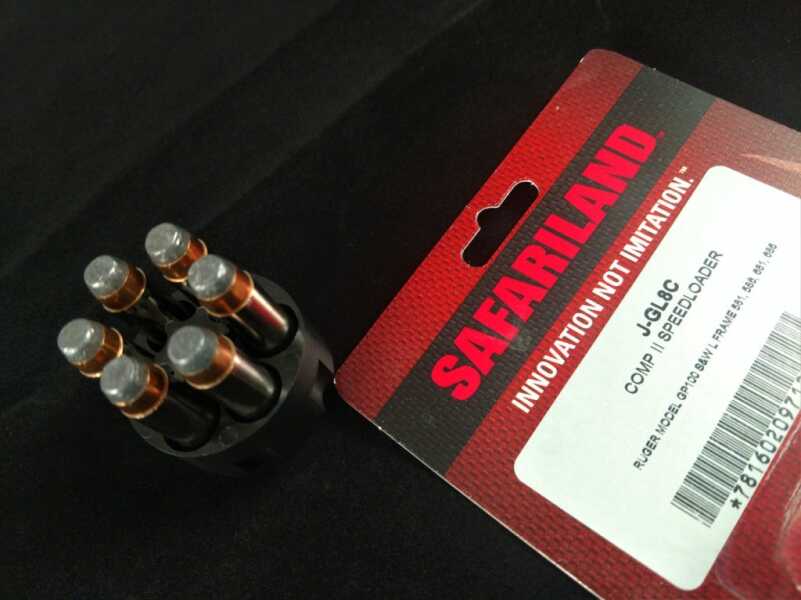
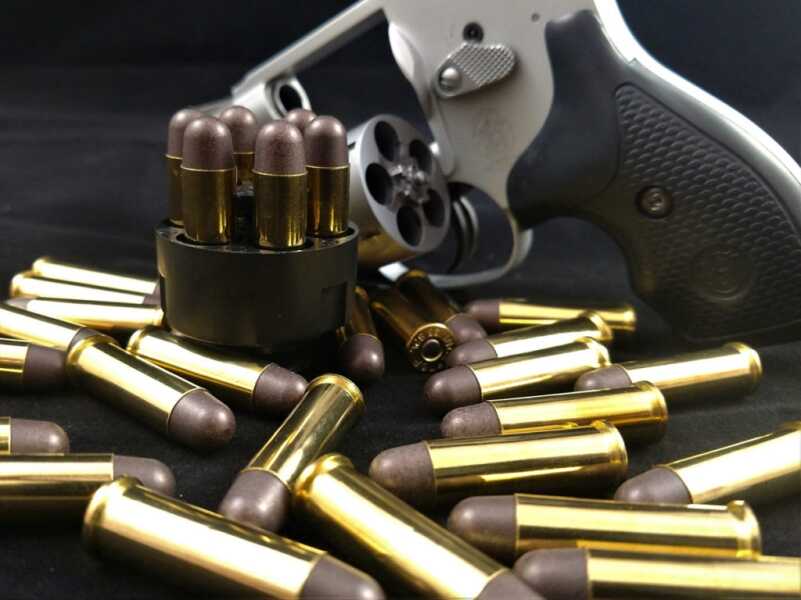
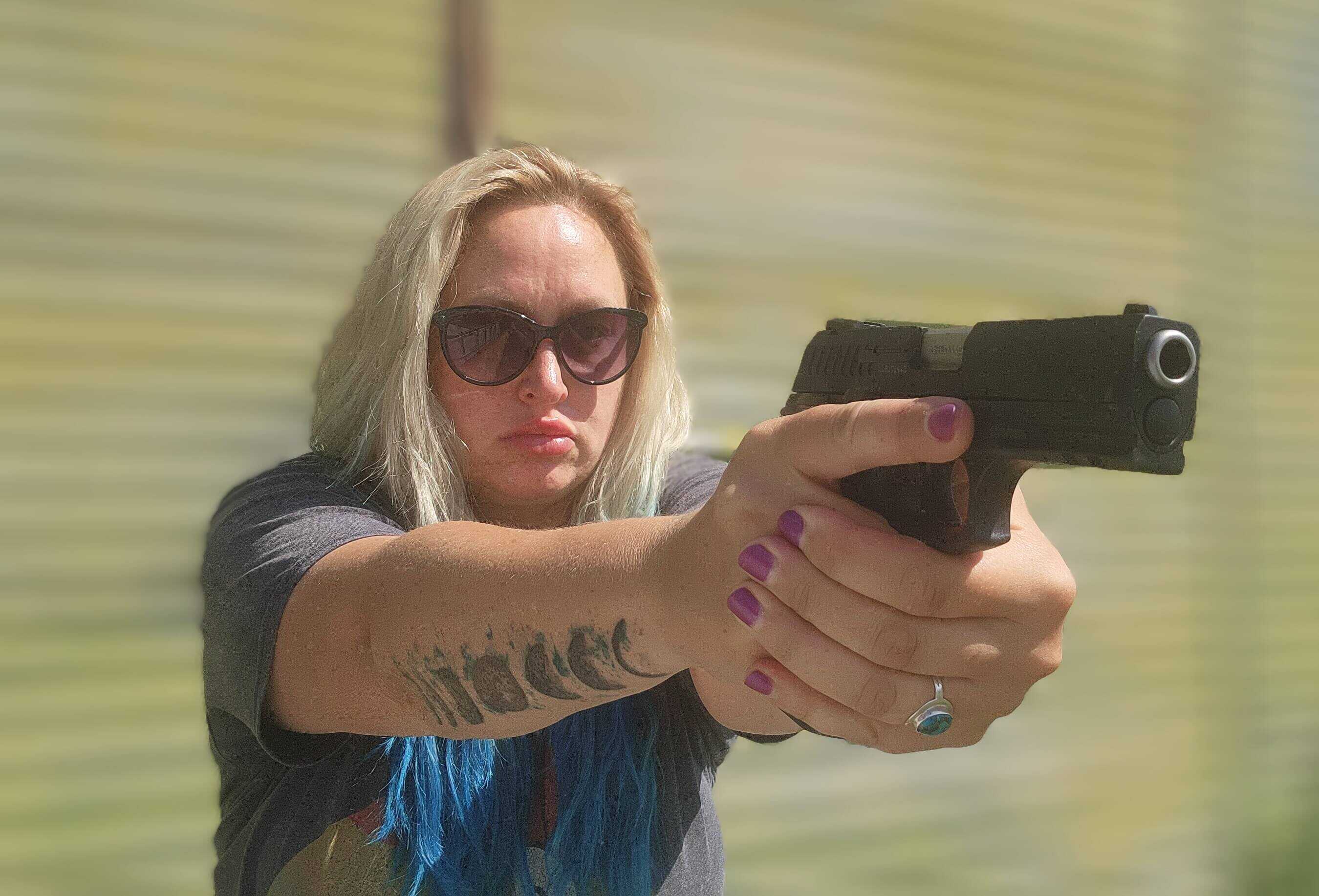
Ms ainsworth you are a awesome lady tough and skilled and seen the elephant and laughed in its face.i agree speedstrips be they tough products or bianchi are the answer for ccw spare revolver rounds.in the late 80s i bought my first comp2 for a ruger security six,loved it! But evolution left it behind when speed beez perfected the revolver speedloader.speed beez is simpler to prepare and using the loading block will compel you to practice with them at the range.it will push the rounds into a dirty cylinder much better as well.(safariland just drops them) last but not least they’re fun to use.the only bad news is the cost 3 times what you pay for comp2s or hks. But the good outweighs the bad at least to me.
God bless you ma’am you doing gods work training people to get through dangerous times and it bugs me to disagree with you.have fun be safe
Sigh – back in the day I used Speed Strips as any brand of speed loaders were scarce as hen’s teeth. I found the original Comp version were the best and easiest to use once they became more readily available . In fact I ordered a quad holder (probably Safari land) circa 1979 – my sergeant said what did I need the extra 12 rounds for – I replied that I could use them for cover fire while I beat a hasty retreat – what are YOU gonna do? Wasn’t long before almost all on the department had them…………..
Flash forward to now and I STILL like my wheel guns but NO ONE makes any sort of speed loader for the Ruger LCR in .327magnum. Even Bianchi doesn’t make speed strips for that caliber 🙁 – there is another brand that does but no viable pouch for carrying them – still sad.
I carry a revolver, well aware of its capacity limitations, because I shoot it well, better than any auto I’ve tried. I had it cut for moon clips, which I have found to be far superior to any speed loader. I carry a loaded moon clip in a speed loader holster by Jox – excellent piece of gear! I also carry a full speed strip in the watch pocket of my jeans. That gives me fifteen rounds of .357 mag comfortable and convenient on my person.
Over the years, I tried multiple speedloaders and speed strips for my revolvers. In general, I use HKS Speedloaders for .357 MAG/.38 SPL and .45 LC (6-shot, for Governor). I like the 5-Star products for .410 GA shot shells and 5-shot .45 LC (Judge Public Defender). The 5-Star are pricey, almost 20 bucks each. But, they have the best retention! I have Bianchi Speed Strips for each caliber.